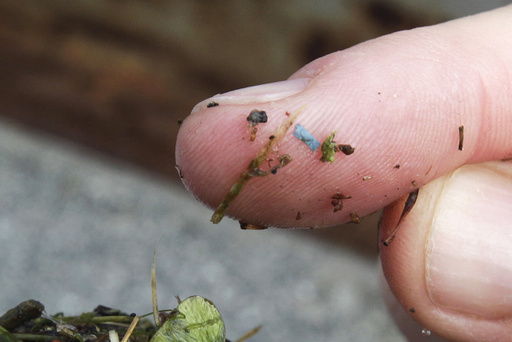Microplastics have been identified in various parts of the environment including oceans, air, food, and water. They have been discovered in body tissues such as the heart, liver, kidneys, and even testicles. The potential harm caused by these microplastics is still under scrutiny, with limited evidence available. While some researchers express concerns, there remain numerous unanswered questions about their impact on human health.
Dr. Marya Zlatnik, an obstetrician based in San Francisco, has conducted studies on environmental toxins and pregnancy that raise concerns about the effects of microplastics on both infants and adults. However, due to the nascent nature of this research field, it is not a prominent topic of discussion with patients for Zlatnik.
Plastics, originating from oil or petroleum products, can degrade into smaller particles known as microplastics, with some even reaching nanoscale dimensions. Microplastics have been detected in various mediums such as air, water, soil, milk, bottled and tap water, as well as a variety of foods including salt, sugar, honey, rice, and seafood.
Studies indicate that consumption and inhalation of microplastics are likely for most individuals, although the quantities can vary based on diet, lifestyle, and location. Research shows that microplastics have been found in various body tissues, including unusual locations like the penis, ovaries, and placentas, highlighting the extent of human exposure.
The potential impact of microplastics on human health is still being investigated. A 2022 report by the World Health Organization indicated no definitive risk to human health based on existing data. However, as researchers continue to explore the effects of microplastics on the body, concerns are raised due to their composition of toxic chemicals that may contribute to health issues such as inflammation, heart attacks, and strokes.
To mitigate microplastic exposure, experts recommend practical steps such as removing shoes before entering homes to prevent tracking plastic-laden dust indoors, consuming homemade foods, avoiding microwaving meals in plastic trays, and opting for reusable stainless steel or glass water bottles over disposable plastic ones. Despite these recommendations, it’s acknowledged that individuals with limited financial resources may prioritize other pressing concerns.
In conclusion, while the full extent of harm caused by microplastics remains uncertain, ongoing research underscores the importance of understanding and addressing potential risks associated with these ubiquitous pollutants.


